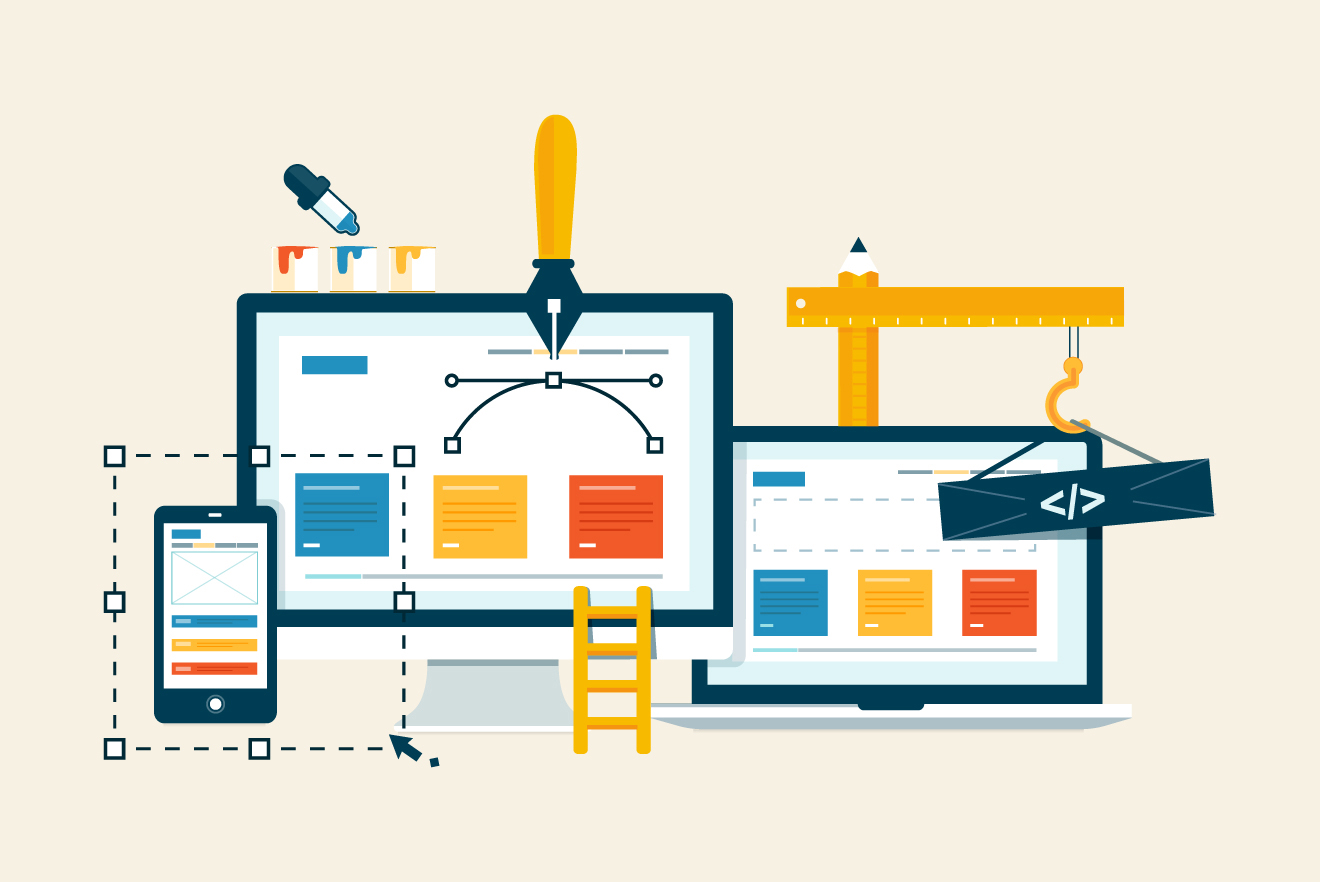In 2025, a website redesign is not merely a visual overhaul; it is a comprehensive strategy to align with evolving user expectations, technological advancements, and industry trends. This guide will walk you through the essential steps and considerations for successfully redesigning your website.
Why Redesign Your Website in 2025?
- User Experience (UX) Expectations: Users now demand seamless, personalized, and intuitive experiences. Outdated designs or slow-loading pages can result in high bounce rates.
- Technological Evolution: With advancements like AI-powered chatbots, WebAssembly, and immersive web experiences, staying technologically relevant is critical.
- Brand Evolution: As businesses grow, their branding and messaging often need a refresh to reflect new values, products, or services.
- SEO and Performance: Google’s Core Web Vitals play a major role in rankings, making performance optimization essential.
Step 1: Define Your Goals
Before diving into design, identify why you need a redesign. Common goals include:
- Increasing conversions
- Improving mobile responsiveness
- Enhancing site speed and performance
- Aligning the website with updated branding
- Boosting search engine visibility
Step 2: Audit Your Current Website
Conduct a comprehensive audit to understand the strengths and weaknesses of your current site. Key areas to evaluate:
- Analytics: Review traffic patterns, bounce rates, and conversion metrics.
- Content: Identify outdated, irrelevant, or underperforming content.
- Design: Assess the visual appeal and user-friendliness.
- Technical Performance: Analyze page speed, mobile responsiveness, and SEO performance.
Step 3: Research and Plan
- Understand Your Audience: Gather user feedback and analyze audience demographics to design a site that resonates with your users.
- Competitor Analysis: Study your competitors’ websites to identify trends and areas where you can differentiate.
- Set a Budget and Timeline: Determine how much you can invest and set realistic milestones for completion.
Step 4: Choose the Right Technology Stack
In 2025, the choice of your tech stack is crucial. Consider:
- CMS: Platforms like WordPress, Webflow, and Shopify offer flexibility and scalability.
- Integrations: Ensure seamless integration with CRM systems, marketing tools, and analytics.
- Future-proofing: Opt for technologies that can accommodate future updates and expansions.
Step 5: Design with Modern Trends
Key design trends in 2025 include:
- Dark Mode: Providing users the option for dark mode enhances accessibility and reduces eye strain.
- Micro-Interactions: Subtle animations and feedback elements improve user engagement.
- Immersive Experiences: Implement AR/VR features or 3D elements where applicable.
- Minimalism: Clean, clutter-free designs with a focus on functionality.
Step 6: Optimize for Performance and SEO
- Core Web Vitals: Focus on metrics like LCP, FID, and CLS to improve load times and interactivity.
- Content Optimization: Use keywords strategically and provide valuable, high-quality content.
- Responsive Design: Ensure the site functions seamlessly across all devices.
- Technical SEO: Optimize metadata, implement schema markup, and ensure proper URL structures.
Step 7: Test and Launch
- Beta Testing: Conduct internal and external testing to identify issues before the full launch.
- Performance Testing: Test for speed, cross-browser compatibility, and mobile responsiveness.
- Soft Launch: Roll out the redesigned site to a small audience for final feedback before going live.
Step 8: Post-Launch Monitoring and Updates
- Analytics Tracking: Monitor user behavior and performance metrics to assess the redesign’s impact.
- User Feedback: Gather feedback to address any usability issues.
- Regular Updates: Keep the site updated with fresh content, features, and security patches.
Final Thoughts
A website redesign in 2025 is an opportunity to elevate your digital presence and stay competitive in a rapidly changing online landscape. By following these steps, you can create a site that not only meets user expectations but also drives business growth.
Whether you’re a startup or an established brand, investing in a well-planned redesign will pay dividends in terms of user satisfaction, engagement, and conversions. Start your redesign journey today and make 2025 a breakthrough year for your online success.


